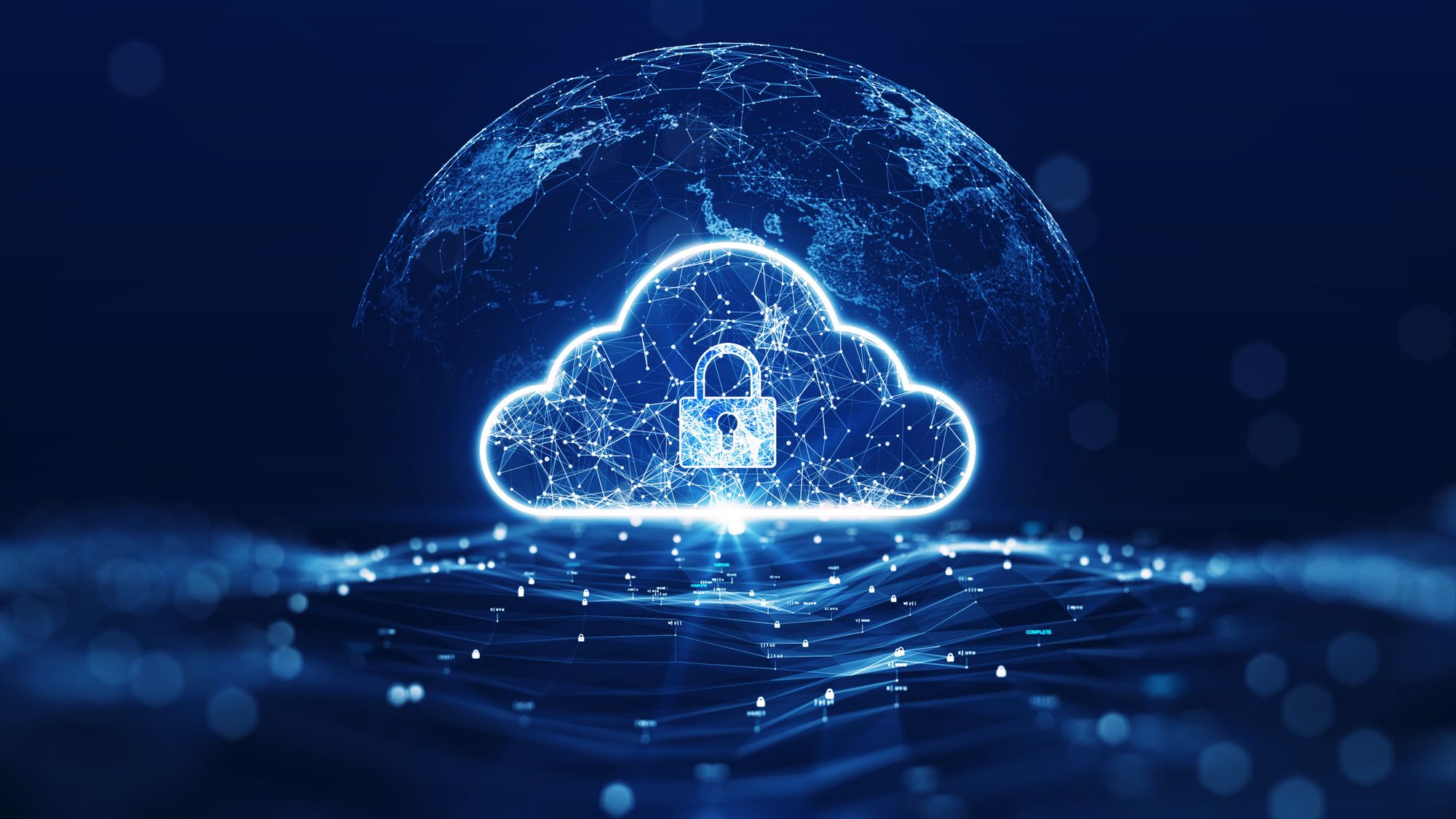Last updated at Tue, 16 Jul 2024 21:40:35 GMT
Many organizations are in the midst of adopting the cloud faster than ever before; it’s arguably mission critical for their success and longevity. Just look at initiatives like digital transformation or even the digital twin which aims to bridge the gap between the physical and the digital by leveraging IoT. Organizations are realizing the endless possibilities that the cloud provides — such as optimization of their processes, data accessibility, and unlocked collaboration & innovation. By definition, the cloud enables integrated data continuity, and by 2025, the world will store 200 zettabytes of data, according to Cybersecurity Ventures. A huge percentage of that data will be in the cloud.
However, the promise of the cloud isn’t just lucrative for companies, it opens up new opportunities for attackers. Many threats that impact a cloud environment are not contained there. They can either originate elsewhere or start in the cloud, but can move depending on the motive of the attacker. As organizations continue to go beyond on-prem, security teams need support.
Enter, automation.
The resource and bandwidth constraints that teams face have been well documented across the industry, so we won’t rehash that here. But it is important to emphasize it when it pertains to priorities around cloud security. In order to stay ahead of evolving threats, security teams need to prioritize cloud detection and response. Automation is a means to do just that.
Automation provides a way to cut down the time it would take to address malicious activity, especially when compared to a manual approach. It can also enable more effective and efficient communication with important stakeholders who may have a hand to play in alert validation and response.
At Rapid7, we’re constantly innovating new ways to inject highly customizable automation into our cloud offerings, all with the aim of making your team — and by extension, your cloud security — stronger and more efficient.
Achieving security at speed
Rapid7 provides security professionals with the centralized monitoring, comprehensive context, and automation necessary to confidently take action against threats. One of the primary challenges security teams face when responding to threats in the cloud is being able to answer simple questions like:
- What is this cloud resource?
- Who owns it?
- Is this normal behavior for this resource, or is it abnormal?
Some of these questions can be answered with data, but some may require stakeholders outside the security team to weigh in, such as the Cloud Infrastructure or DevOps team. The traditional process of engaging these teams might mean that you spend precious time locating or opening a new channel in your ChatOps platform, and copying & pasting alert data alongside a manually-typed message asking for help. This works, but can quickly become inefficient and untenable with higher alert volumes. Rapid7 offers customers a solution to this challenge; what if that process could be automated?
Instead of forcing customers to manually pass data back and forth, Rapid7’s solutions provide a way to orchestrate the routing of cloud threat detections to the right communication channel, after gathering as much context as possible regarding the associated cloud resources automatically. This way, those responsible for responding to these threats can jump right into decision-making with all the data they need in a centralized place.
Despite the security challenges, the future is very much still going to be in the cloud. As security professionals, we work to ensure that cloud operations are as secure as they can be, while providing tools and workflows that make the work your security team does day in and day out more efficient and effective. Automation is just such an innovation.
